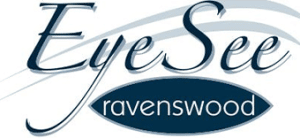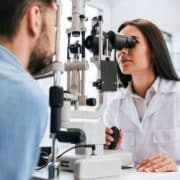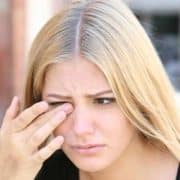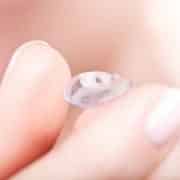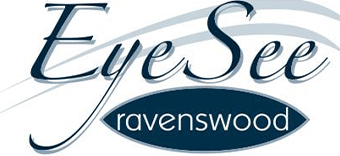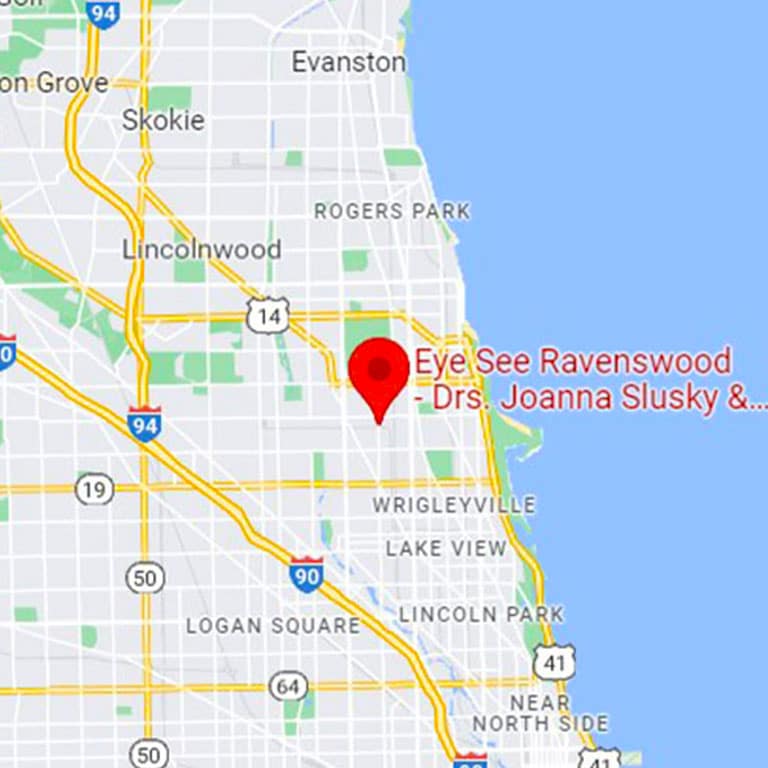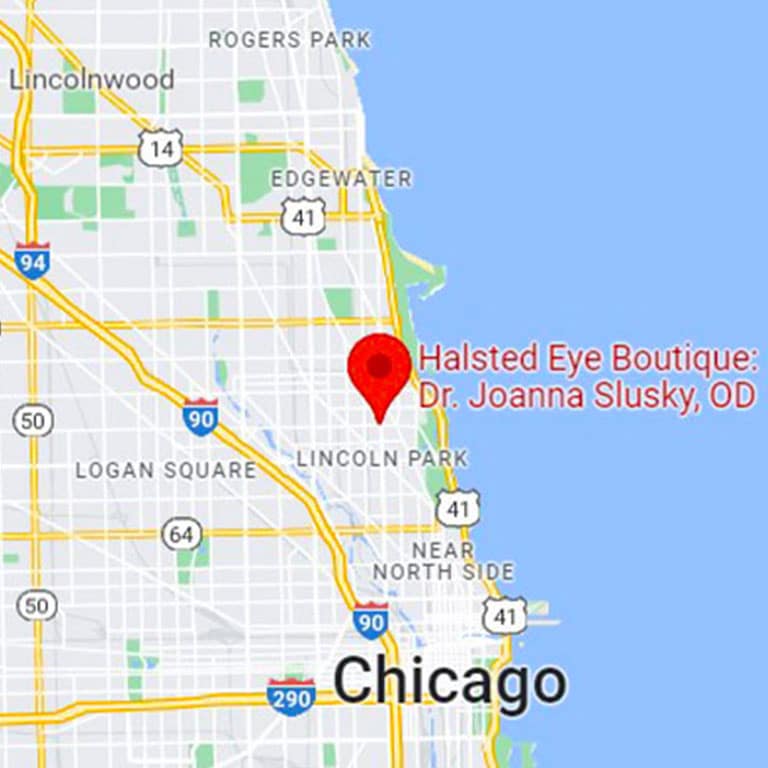Playing Sports This Summer? Don’t Forget to Put On Your Protective Eyewear
Your eyes are invaluable to you. There’s no way to know what could happen when you step out onto the court or the field for your favorite sport. Every play can mean your eyes are put at risk. Unfortunately, damage to eyes is not often easy to reverse. And, in some cases, the damage may lead to severe vision impairment. Yet, protective eyewear can be an excellent way to avoid this risk. Do you need it?
Do you or your child need protective eyewear?
It is no longer uncommon to see players of all types wearing protective eyewear. Whether they are stepping up to bat a ball, hitting the basketball court for a few layups, or spending their time on the field with football, soccer, or other sports, protection for the eyes is essential. From Little League play to professional sports, many organizations are putting rules and requirements in place for protective eyewear.
If it is possible to wear it, do so. If you need to improve your vision on the field and wear glasses off the field, you need to have a pair designed just for the sport you participate in. Even if your son or daughter may not want to use it, it can be an essential investment, nonetheless.
What does protective eyewear do for you?
There are several versions available. When you come in to see your eye doctor, you’ll learn more about which type is best for you. In general, they work in several ways.
- They work to improve vision. Many pieces are fitted with lenses that boost your vision, much like your glasses do.
- They can take the place of contact lenses, which can sometimes blur or become hard to see through during sports play.
- They work to reduce the risk of something striking your eye during the game, whether that is someone’s finger or an object in the air.
- Many times, they can be used to enhance a player’s ability on the field. Seeing better makes that possible.
- They can also help manage glare and sunlight, limiting the amount of risk to the eyes from multiple ways, including the sun’s UV rays.
These types of products can be customized to meet your individual needs. That’s what makes them so versatile for today’s athlete.
How do you get protective eyewear like this?
Individuals who come in for an appointment with their eye doctor can easily talk about the options in protective eyewear. Because your vision is so important to your wellbeing and quality of life, be aggressive in selecting protection for your eyes. This may include options such as sports goggles which can provide a level of protection for the eyes. It may also include the use of bike helmets or other helmets that have built-in protections.
Many people who need protective eyewear also need a prescription. If you are wearing glasses or contact lenses right now, this may be one of the most important steps you take to improve your eyesight while on the field. You can choose sports goggles or sports glasses designed with your prescription in them to achieve this. Even better, there are plenty of colors and styles to choose from for most ages.
Many people worry about the way they will look. They also worry about the risks. The key here is to recognize that protecting your vision needs to be your priority if you want to keep playing.
Need to update your protective eyewear? Schedule a consultation with us today.
It’s important to come in for an eye exam at least one time a year. This should be more frequently if you have any known eye conditions or when you need new or updated protective eyewear. We encourage you to make an appointment before the summer season of your favorite sport gets underway. Call Andrea Stein, OD, and Eye See Ravenswood today for an appointment, or you can book online for even more convenience.

